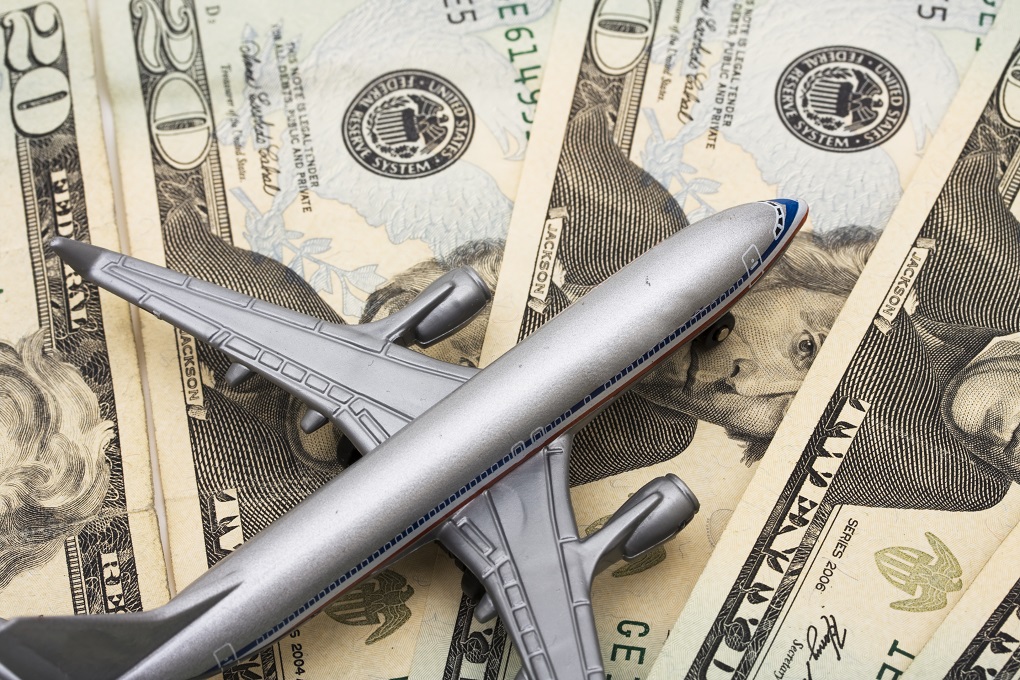The decision of whether or not to use a travel management company (TMC) for corporate travel is one many companies weigh heavily, especially since business travel is among the largest budgetary expenses most companies face.
The reality is, not all business travel agencies are created equal, given they feature varied pricing structures — ones that may or may not be right for your business.
Read on to learn about the pricing models available and what they can mean for your bottom line.
Transaction Fee-Based
When it comes to a transaction-based model, a business travel management company charges a fee for each transaction. Since they keep supplier commissions, the business travel agency tends to keep transaction fees low. This approach also keeps the transaction relatively transparent.
In other words, it’s apples-to-apples when it comes to comparing one business travel management company to another, and it’s easy to compare these costs to the self-booking options out there. Plus, the transaction fee-based approach enables companies to benefit from services based on needs. This can bode well, especially if usage is low.
On the flip-side, because various suppliers offer different commission rates, the TMC may skew services in favor of the suppliers offering them greater commission.
Management Fee-Based
In the case of a management fee-based model, clients pay their travel management company’s set monthly fee. This fee usually consists of a fixed monthly, quarterly, or annual amount. Furthermore, these fees may take a number of forms, including as a percentage of travel sales, a flat payment, or a transaction fee.
Subscription Fee-Based
A subscription-based approach sees agencies charging clients on a per-employee, per-month basis. Essentially, this model is based on the client’s number of users at any given time each month. Of the subscription model, AmTrav President Craig Fichtelberg said, “The more the traveler uses the TMC, the more the company maximizes its monthly subscription value. Gone would be the days of booking away from the TMC to try and reduce company costs at the expense of service. The tides would be turned.”
Given the structure is set in advance, the cost of resources is known upfront, making it easier to track. However, a possible downside is that those services may not be used in full all of the time and it can be hard to justify the distribution of costs among employees if there is a big disparity in travel spending.
Before deciding what business travel agency pricing model is best for you, it’s important to evaluate your company’s travel spending needs. After all, it’s the only way you can make informed and fiscally responsible decisions that match your big-picture financial goals.
By: Jennifer O.

Cassie Sclafani





